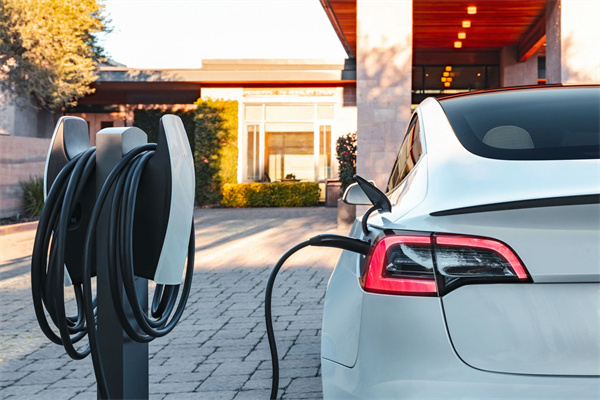Vehicle charging is one of the things that new energy vehicle owners are most concerned about. At present, apart from occasional DC fast charging on the highway, home AC charging is still the most commonly used charging method.
For new energy car owners, Xiaochong has compiled the following problems that are often encountered in household AC charging:
1 How fast is the charging speed of the charging pile?
Charging speed is how many kilowatt hours of electricity can be charged per hour, also called charging power. Just like the speed of a car is how many kilometers per hour it travels.
Charging power = charging voltage x charging current
Among them, the charging voltage is fixed 220V. It can be seen that the greater the charging current, the greater the charging power.
for example:
① Charging with 16A current, charging power = 220 x 16 = 3.5kW. 3.5kW means it can charge 3.5 kilowatt hours of electricity per hour.
② Charging with 8A current, charging power = 220 x 8 = 1.8kW. 1.8kW means it can charge 1.8 kilowatt hours of electricity per hour.
Commonly used hanging air conditioners consume about 1 kilowatt hour of electricity per hour. Therefore, when charging with 16A, the charging speed is equivalent to the power consumption speed of 3.5 hanging air conditioners – the charging speed is actually very fast.
2How long does it take to fully charge the vehicle?
Charging time is mainly related to two factors: vehicle battery capacity and charging speed. Here’s a simple formula:
Charging time = battery capacity/(charging voltage x charging current)
Among them, the charging voltage is fixed 220V. The larger the battery capacity, the longer the charging time; the larger the charging current, the shorter the charging time.
for example:
① For NIO es6 with a battery capacity of 70kWh, if it is charged with 16A, the charging time = 70000/(220×16) = 20 hours; if it is charged with 32A, the charging time = 70000 / (220 x 16) = 10 hours.
② For a Tesla Model 3 with a battery capacity of 52kWh, if it is charged with 16A, the charging time = 52000/(220×16) = 14.8 hours; if it is charged with 32A, the charging time = 52000 / (220 x 16) = 7.4 hours.
A friendly reminder from Xiaochong that a ternary lithium battery capacity between 20% and 90% can maximize the battery life, so it is recommended that car owners try not to completely use up the battery before recharging the vehicle.
3What is the fastest charging speed of a charging pile?
The national standard for electric vehicle charging stipulates that there are two charging interfaces: AC charging interface and DC charging interface.
A. AC charging interface
Basically all pure electric vehicles and hybrid vehicles have AC interfaces. The maximum current of mainstream AC charging on the market is basically single-phase 32A, which is 7kW. A few vehicles such as Tesla support three-phase AC charging, with a maximum current of 16A and a charging power of 10.5kW during three-phase charging. It usually takes more than 5 hours to fully charge using an AC pile.
B. DC charging interface
Most pure electric vehicles and a few hybrid vehicles will have DC charging interfaces. The maximum power of DC charging piles on the market can reach about 200kW. Using a DC charging pile, the vehicle can be fully charged in about an hour.
Some car owners may think: DC charging piles charge so fast, wouldn’t it be good to install a DC pile at home?
In fact it’s not that simple:
① Supporting facilities cannot keep up. A 200kW charging pile is equivalent to the maximum power consumption of 20 households, which is half of the power of a 400kW transformer. If one such charging pile is installed in a building, it will lower the voltage of the entire building and cause power failure. Just like we need gasoline to drive a gasoline car, it is impossible for every family to build a gas station.
② The cost is too high. The total cost of installing a 200kW charging pile may be hundreds of thousands, while the cost of installing an AC pile is only three to five thousand at most. A 7kW AC pile can fully charge the battery in 10 hours, and the car can be used the next morning, which is enough for our daily use. There is no need to spend more than 100 times the cost to build a DC pile.
③ DC charging damages the battery. Although DC charging is fast, it has a certain impact on battery life. Therefore, unless in an emergency, try to use AC charging at ordinary times.
In summary, for car owners who plan to install a charging pile at home, installing a charging pile with a maximum power of 7kW is sufficient for daily travel.
Post time: Nov-27-2023






